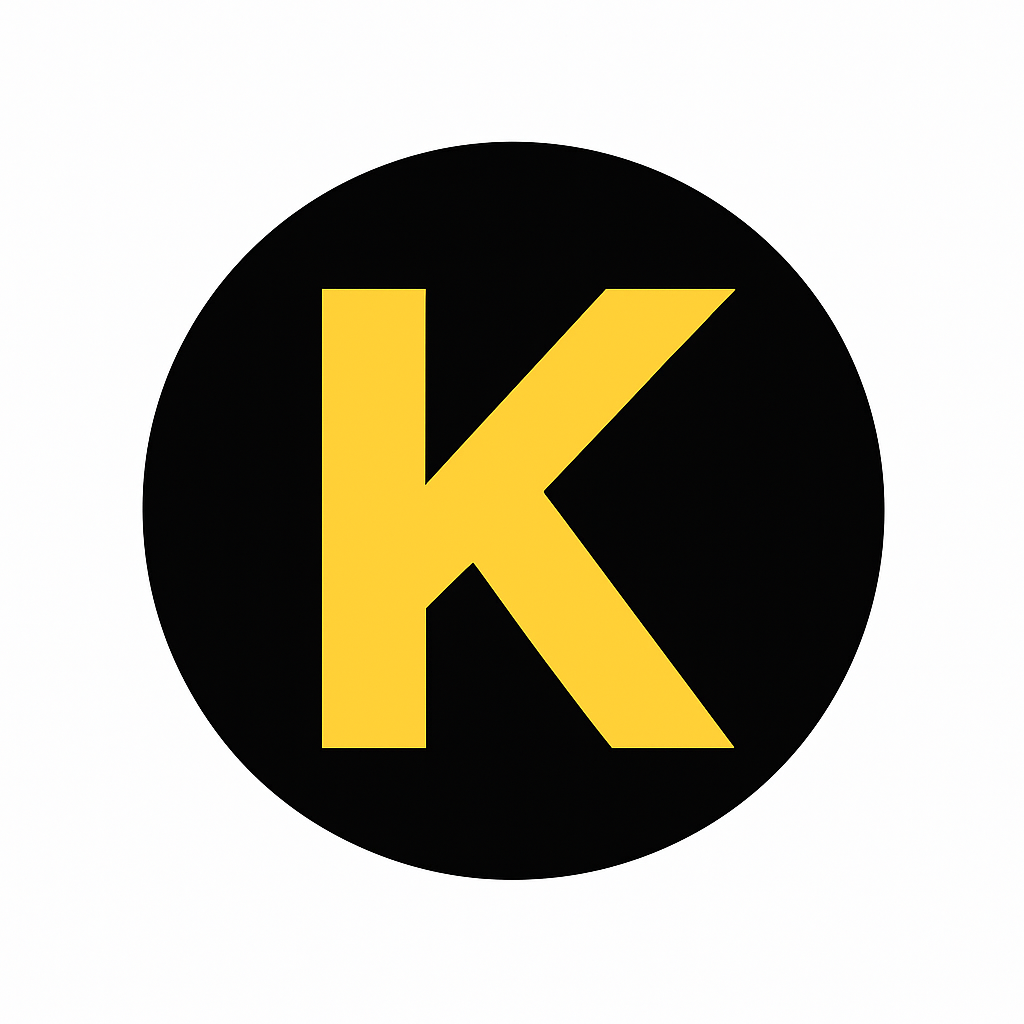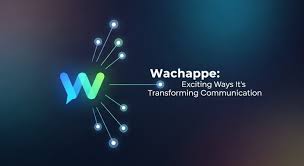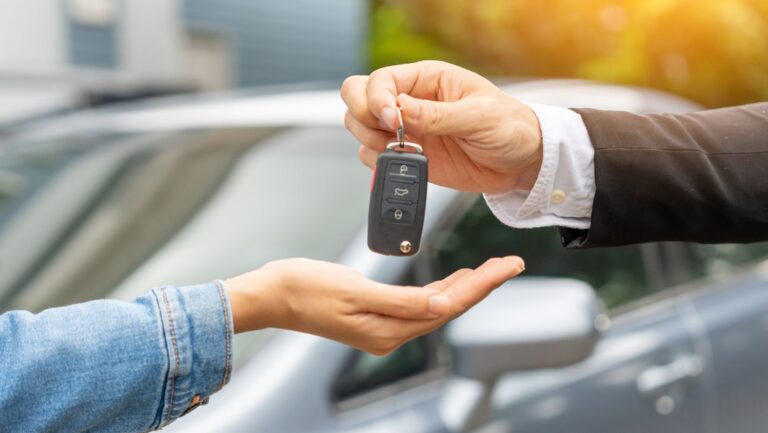In today’s fast-paced digital age, communication constantly evolves. From emojis to hashtags, every few months, a new trend reshapes how we connect online. One recent addition to the world of internet language is wachappe, a playful and modern greeting that reflects how digital users—especially younger audiences—interact. This term isn’t just a quirky word; it captures the essence of online friendliness and shows how people adapt language to suit their fast-moving virtual lives.
What Does Wachappe Mean and Where Did It Come From?
The word wachappe has its roots in social media and online chats, where creativity thrives. It blends two familiar expressions—“what’s up?” and “chat”—to create a quick, catchy way of saying hello. Its rise began among young users who wanted a fun, casual way to start conversations. The term quickly spread beyond specific regions, crossing cultural and linguistic boundaries.
Its appeal lies in its simplicity. Online interactions are short and spontaneous, and wachappe perfectly fits this style. It conveys warmth and friendliness without needing long sentences, making it ideal for messages, comments, and digital exchanges where time and attention are limited.
How Wachappe Is Used in Everyday Digital Conversations
From text messages to social media posts, wachappe has become a versatile word for all kinds of online greetings. Friends might send a quick “Wachappe?” instead of typing a longer message like “Hey, what’s going on?” The tone immediately feels more relaxed and friendly.
Social media creators often use it in captions, comments, or videos to build a sense of connection with followers. Even in video calls, a cheerful “Wachappe!” can lighten the mood and create a more personal atmosphere.
Its adaptability allows people to use it in casual, humorous, or even slightly professional settings—wherever they want to strike a friendly tone without sounding too formal.
How Digital Slang Like Wachappe Shapes Communication
Digital slang has always been a powerful reflection of social change. Just as “LOL” and “BRB” defined early internet culture, new words like wachappe represent the next step in language evolution. The rise of social platforms such as TikTok, Instagram, and X (formerly Twitter) encourages the use of short, expressive words that make communication faster and more engaging.
These creative terms show how technology reshapes the way people express emotions. Instead of long messages, users prefer quick, relatable expressions that fit into today’s fast scrolling and messaging habits. Slang evolves because people crave authenticity and immediacy—two traits wachappe perfectly captures.
The Cultural Impact of Wachappe Across Generations
One reason wachappe stands out is its ability to bridge generational and cultural gaps. While young people use it effortlessly, older users often find it amusing or intriguing. This blend of curiosity and adoption helps the term spread even further.
Online, it promotes a sense of belonging. People feel connected when they share similar expressions that reflect a shared digital identity. As a result, wachappe is more than just slang—it’s a cultural symbol of digital togetherness and inclusivity.
Wachappe in Pop Culture and Media
Pop culture often accelerates the popularity of digital expressions, and wachappe is no exception. It’s now appearing in song lyrics, memes, and online videos where creators use it to sound trendy and relatable.
TV characters and influencers casually drop the term to express energy and humor, and fans quickly adopt it in their own conversations. Its catchy rhythm makes it memorable, helping it spread across platforms faster than traditional greetings ever could.
Why Wachappe Sparks Debate Online
As with most internet trends, wachappe hasn’t escaped criticism. Some people believe that modern slang weakens real communication by replacing meaningful conversation with shallow exchanges. Others argue that it alienates older users who may not understand it.
There are also discussions about where such slang is appropriate. While it works well in friendly chats, critics claim it might sound too informal in professional communication. These debates highlight a deeper question about how quickly digital language evolves—and how society adjusts to it.
The Future of Wachappe in Digital Culture
Whether wachappe remains a long-term fixture or fades like many other internet trends depends on user behavior. As long as people seek faster, more expressive forms of connection, such words will continue to thrive. It symbolizes a generation that values creativity and adaptability in communication.
The continued use of this greeting suggests that informal language plays a vital role in shaping digital relationships. It’s a reminder that our ways of saying “hello” can reveal much about how we connect in a globalized, tech-driven world.
Conclusion
Wachappe has evolved from a simple online phrase into a cultural marker of modern communication. It represents warmth, creativity, and a collective desire for more human interaction in digital spaces. While opinions about its appropriateness differ, no one can deny its impact on how we start conversations online.
This term reflects the ongoing evolution of language—one that mirrors our fast-paced lifestyles and our constant search for new, expressive ways to connect. As technology continues to redefine communication, wachappe stands as a fun reminder that even in a digital world, a friendly greeting still goes a long way.
People Also Ask (PAA)
What does Wachappe mean?
Wachappe is a modern slang term derived from “what’s up?” and “chat,” used as a casual greeting in online conversations. It expresses friendliness and informality in digital communication.
How is Wachappe used in online chats?
People use “Wachappe?” at the start of messages or comments to greet others in a lighthearted way. It’s common in texting, social media, and video calls among friends and digital communities.
Why is Wachappe popular among young users?
Its simplicity, catchy tone, and relatability make wachappe appealing. Younger audiences embrace it because it fits perfectly into fast-paced messaging and meme culture.
Is Wachappe considered formal?
No, it’s primarily informal and best suited for casual digital interactions. It may not be appropriate in professional or formal communication settings.




